- 52 Posts
- 9 Comments

 01·6 months ago
01·6 months agoSame people, they’ve been making biodegradable footwear for a bit now.

 01·10 months ago
01·10 months agoI don’t have other numbers handy, but that 3GWh number is storage capacity, which isn’t comparable to annual usage.

 01·10 months ago
01·10 months agoIt is a complicated topic, pest management strategies can vary. A lot of the time it is site and organism specific as far as what you’d end up with, certain species can be susceptible to different infestations. So many invasive organisms require different cures, these can include chemicals, fungicides, filtration, but these kinds of contamination events are somewhat expected after enough time, so as long as the same issue isn’t recurring too frequently, the economic strategy is to just reboot the pond after a clean.
Typically, the strategy is to outcompete what you may get contaminated with. Ideally your crop is a high productivity strain of algae (much more productive than things originating outside the pond), and as long as the algae exhibit faster growth rates, the invasive species doesn’t have an opportunity to take off as the desired algae will continue to take the majority of nutrients.
If you get something toxic in there, it’s gotta be dealt with accutely based on the critter, but other preventative strategies like inlet media filtration/heating, crop rotation, and organism population monitoring can help mitigate these things from starting up. A good review can be found here.

 2·11 months ago
2·11 months agoAlmost like there’s an effort to “wedge” an issue between people?

 3·11 months ago
3·11 months agoI’m sorry calling out violence as a logical conclusion was in haste. I think that kind of speech is dangerous, and as I was taught in elementary school, I don’t resort to violence to get my point across.

 2·11 months ago
2·11 months agoIt’s ok, I think everyone understands what you’re saying, no need to try and take me down out of nowhere :) makes it look like what I’m saying is somehow directed at you. Edit: I mean does anyone even believe this guy? Guys other posts are saying that death threats to supreme court justices is a “logical conclusion.” Talk about transparent…
“Frankly, it was only a matter of time before desperate citizens followed that train of thought through to its logical conclusion.”
Edit 2: oh dear, who’s post got removed for instigating violence?

 22·11 months ago
22·11 months agoLol says the person “explaining” to no one asking for an explanation about why people may want to kill supreme court justices.

 21·11 months ago
21·11 months agoBunch of astroturfing trying to make not calling in death threats seem like you’re part of the problem. The left is smarter than the bullshit being spread in this thread.

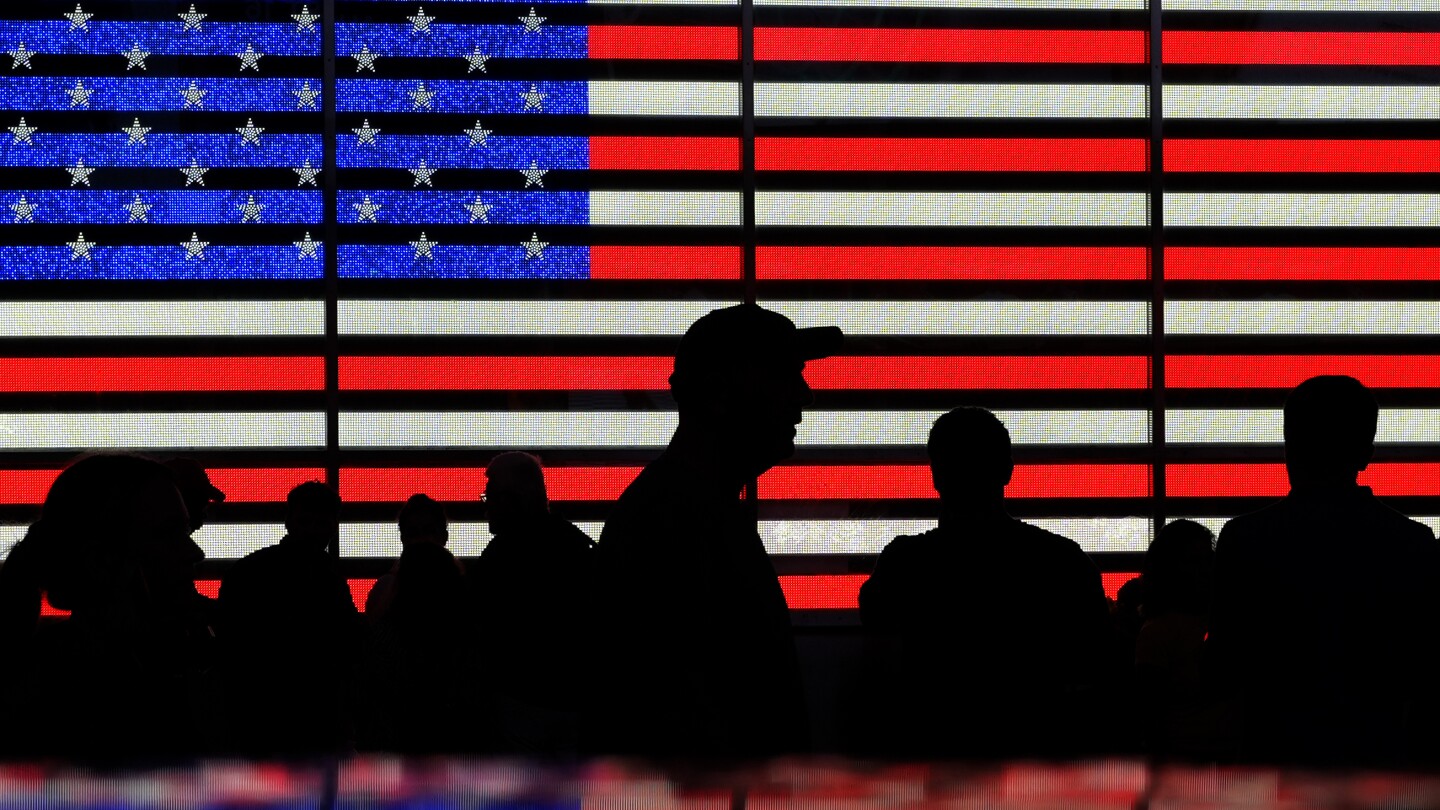

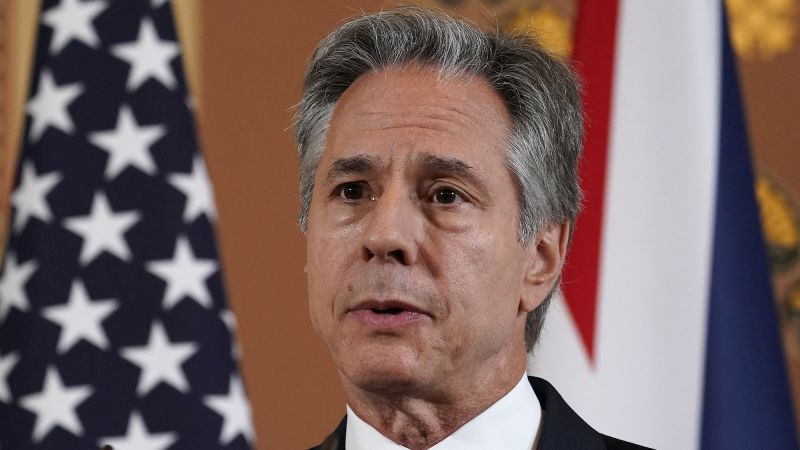


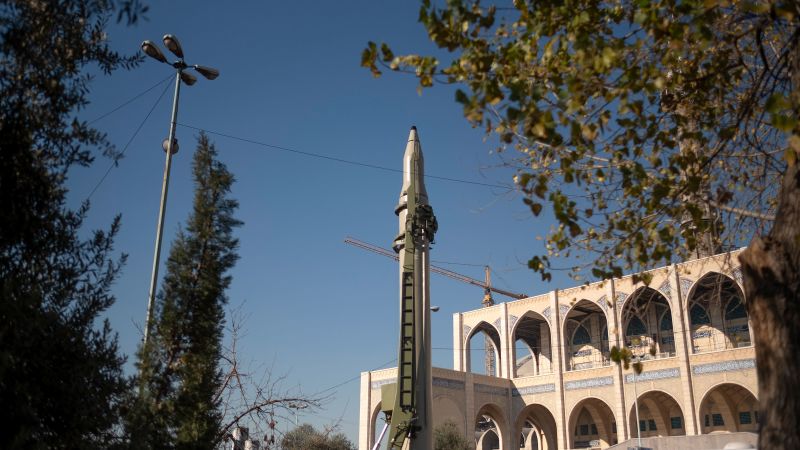






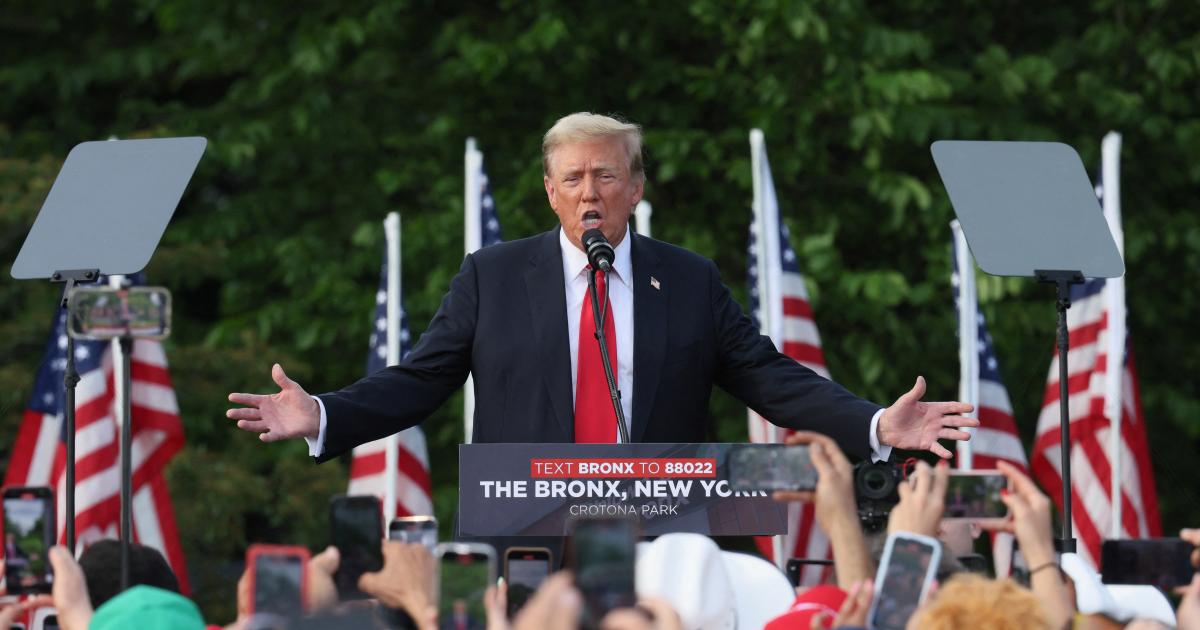
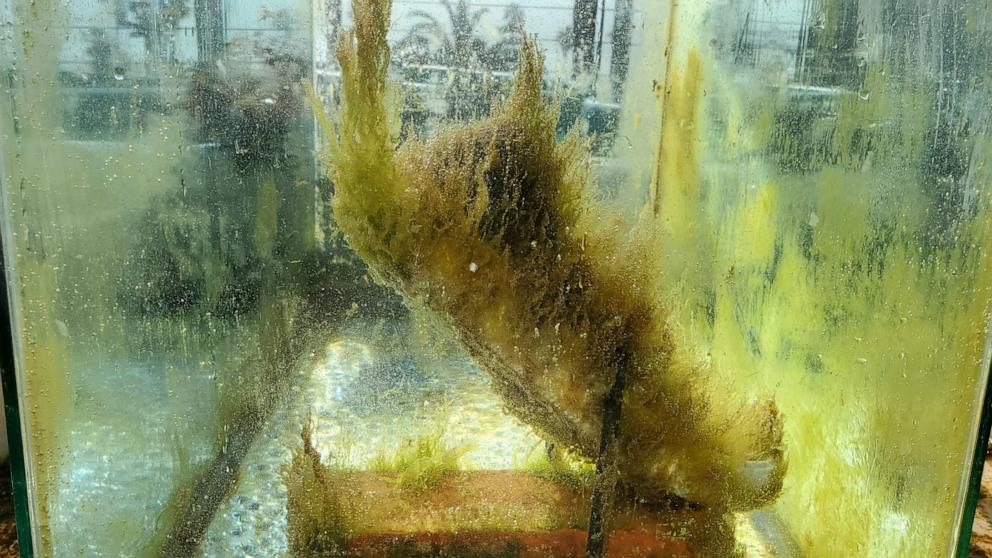


https://www.poynter.org/fact-checking/2023/who-fact-checks-the-fact-checkers-research/